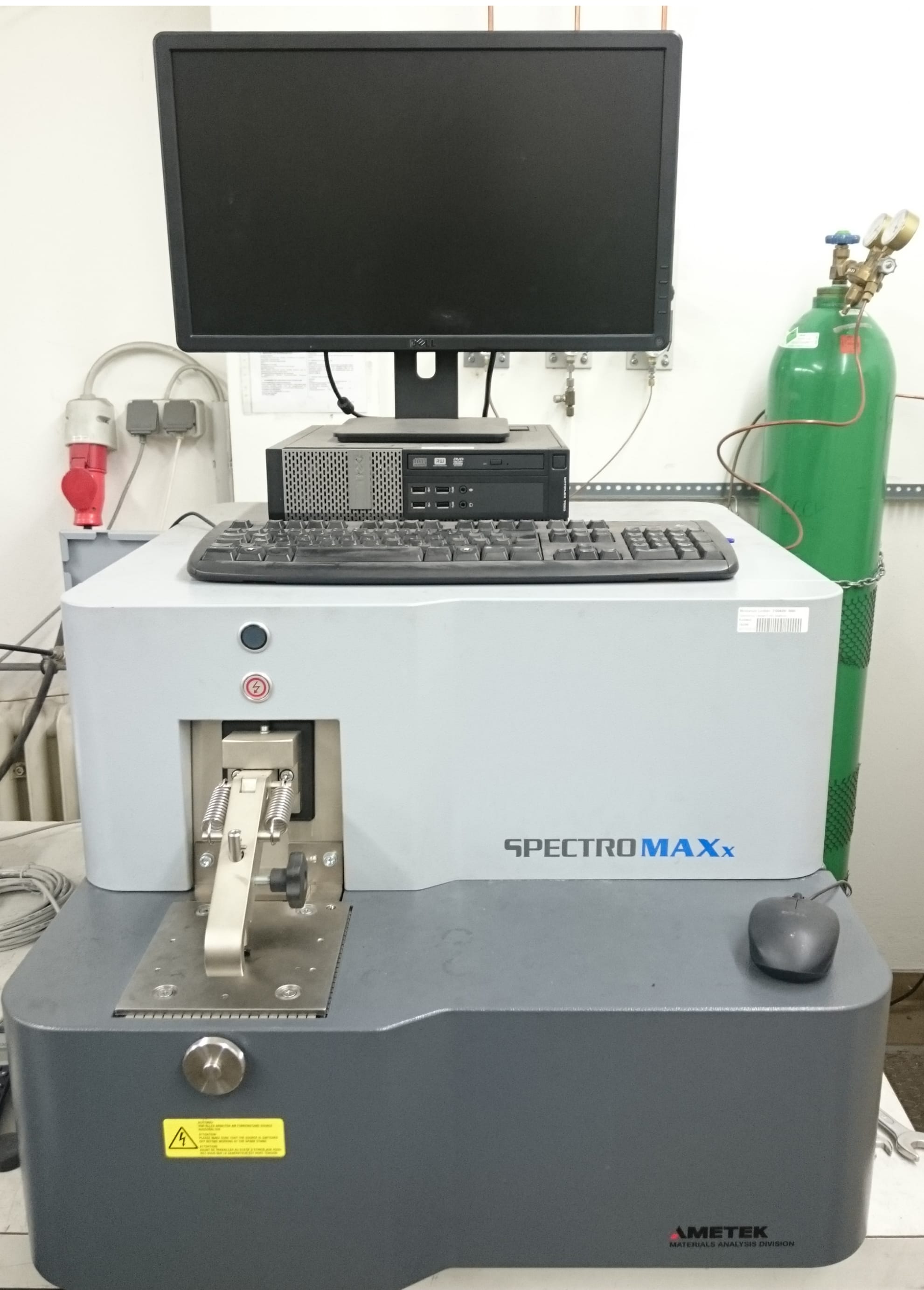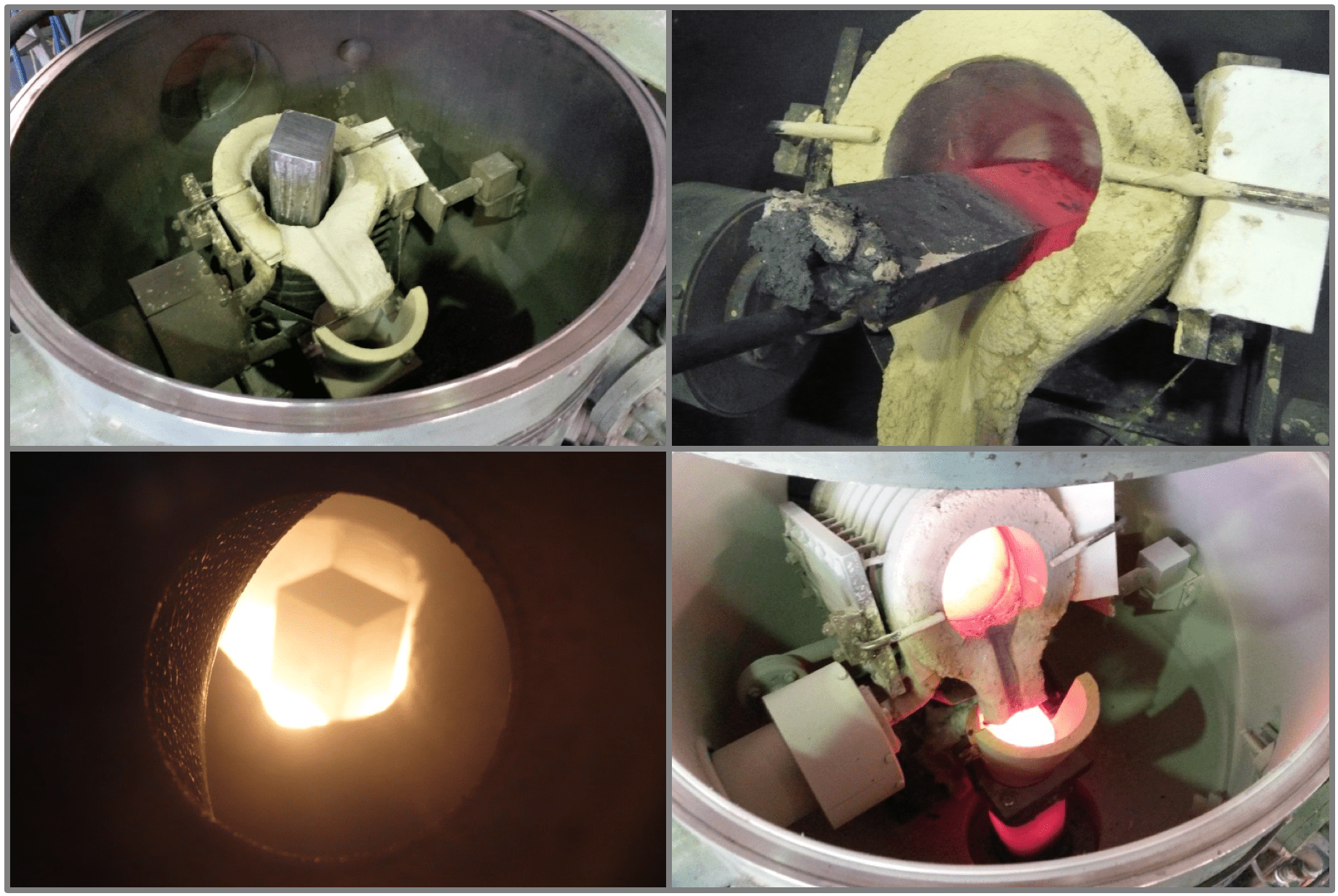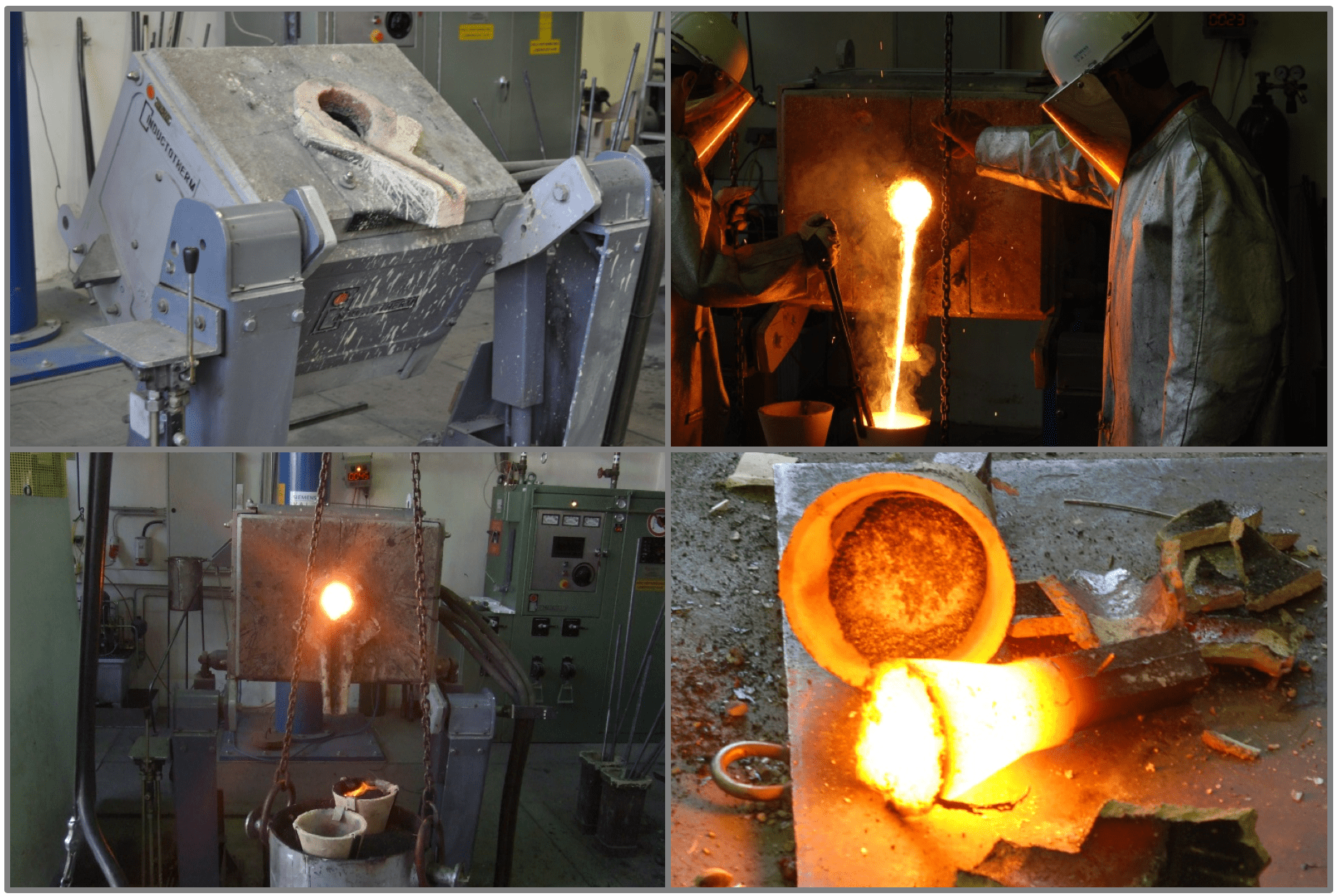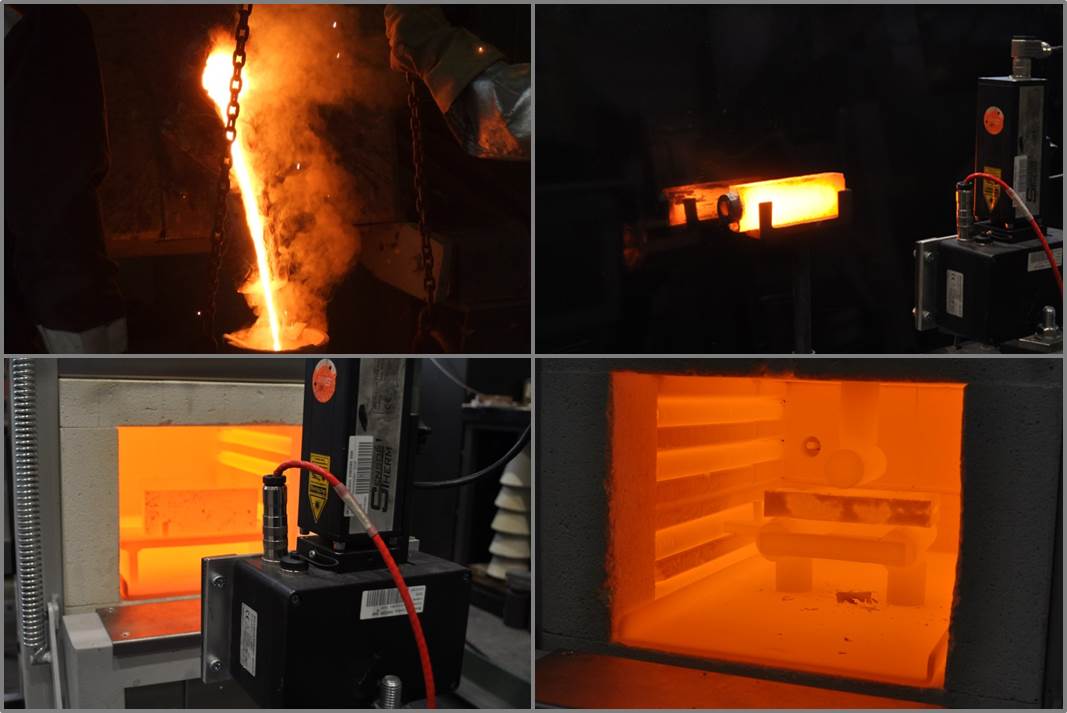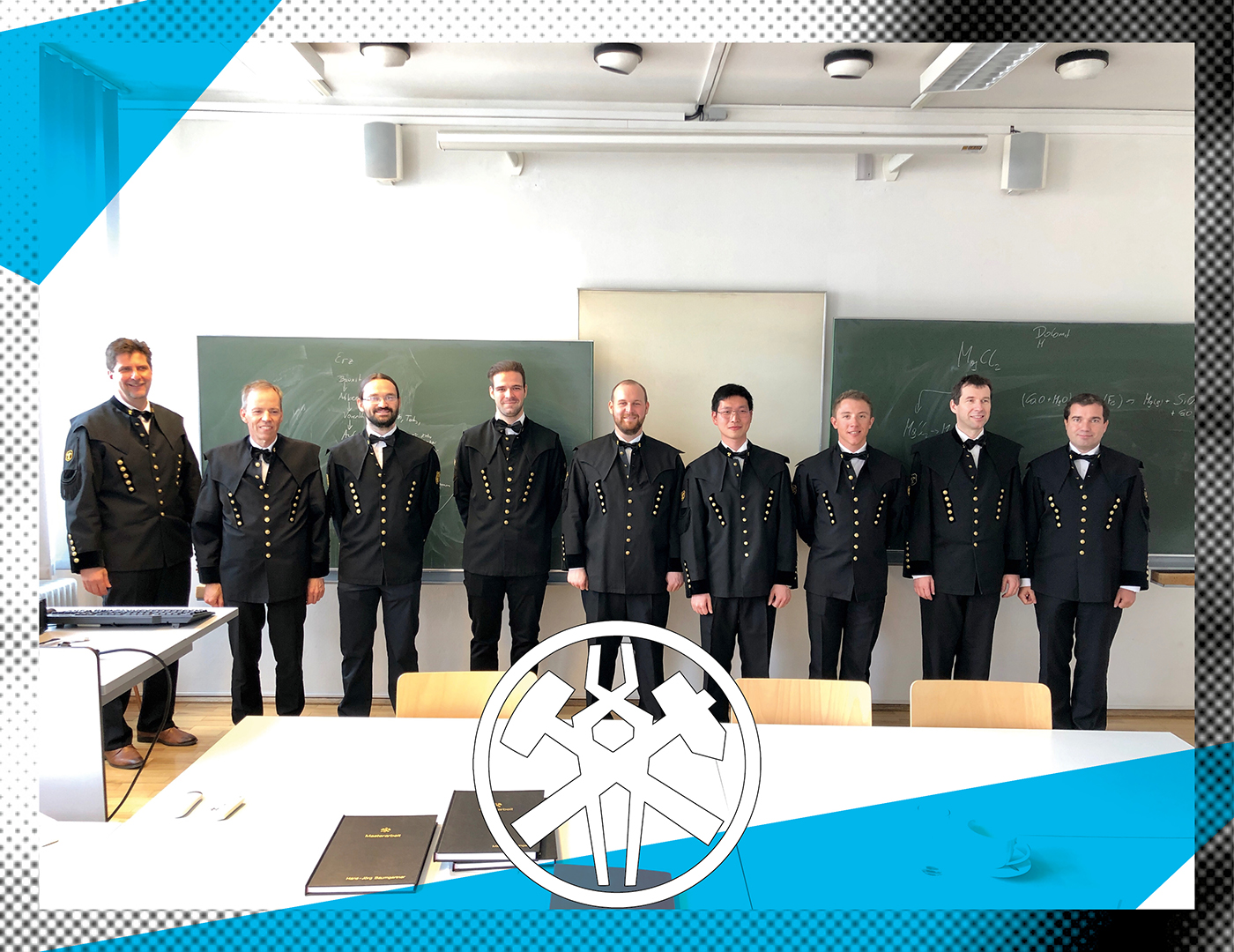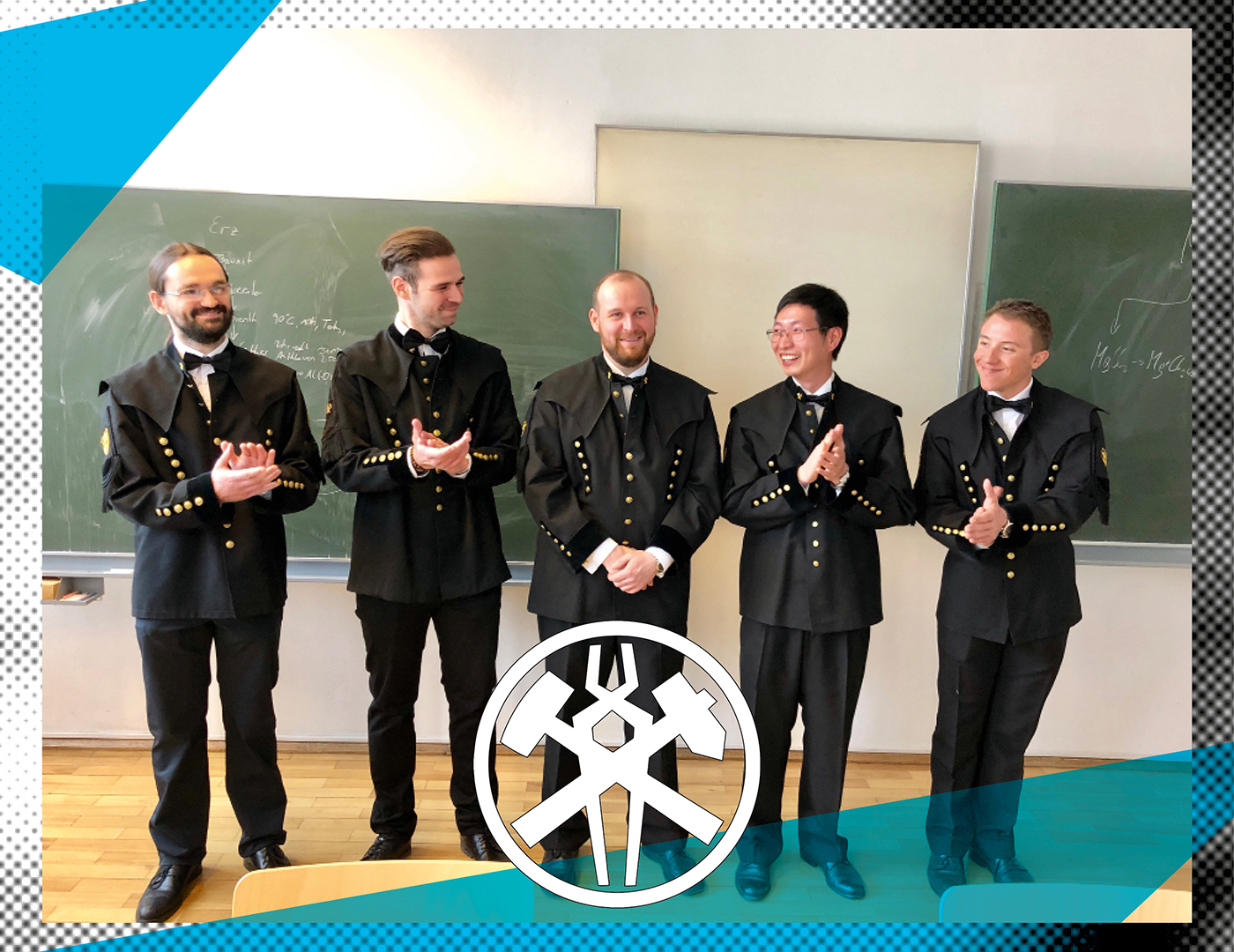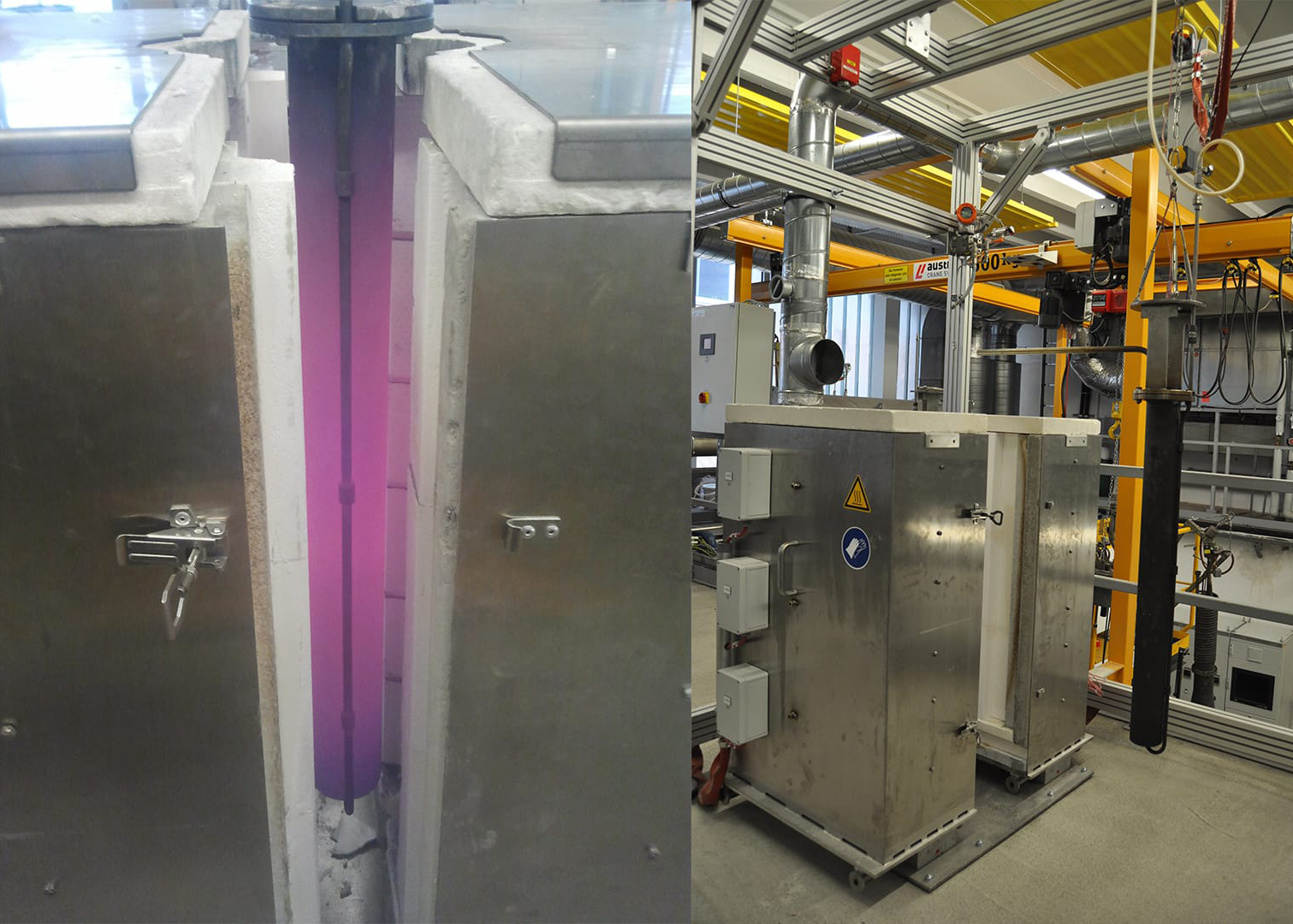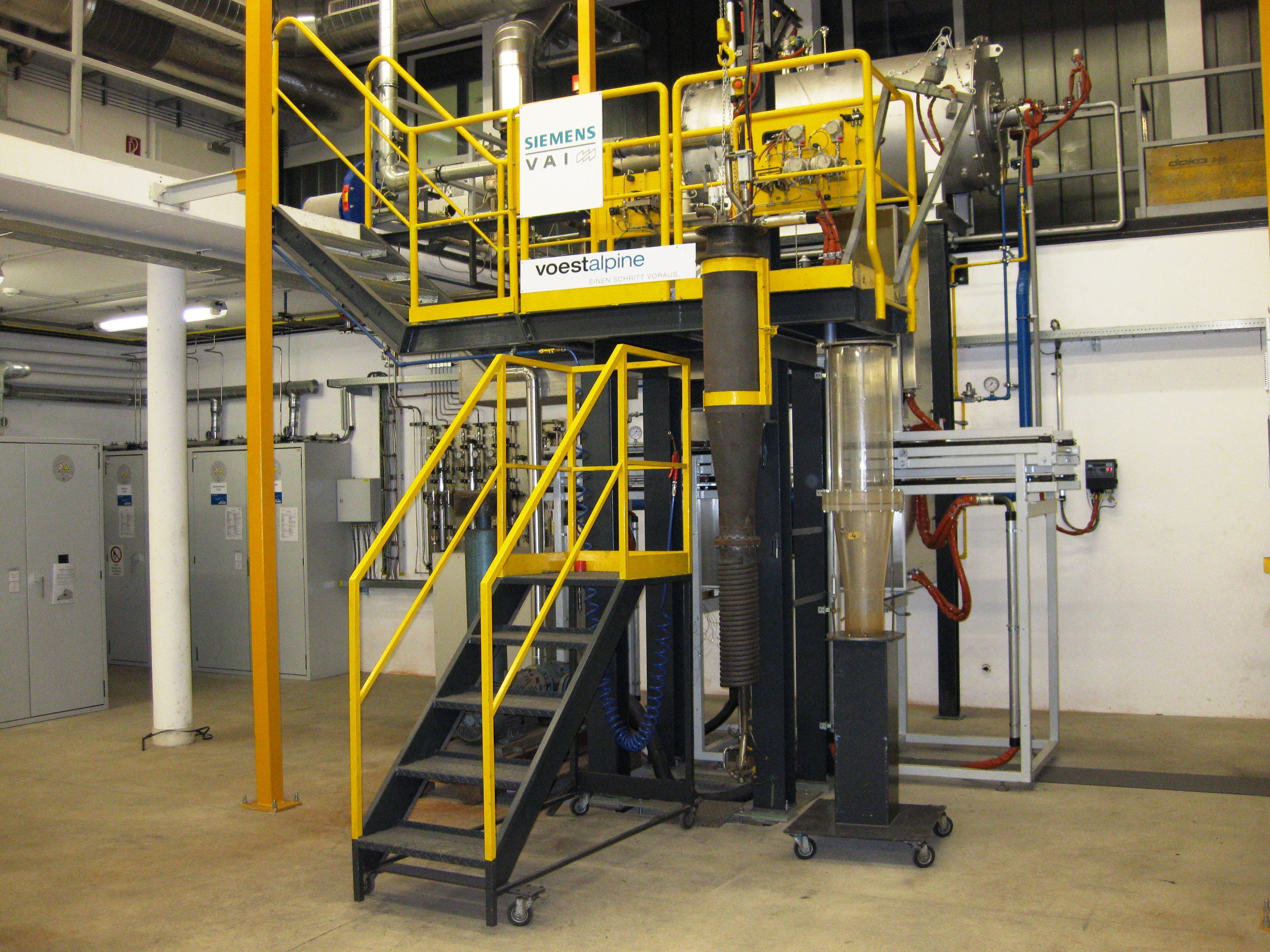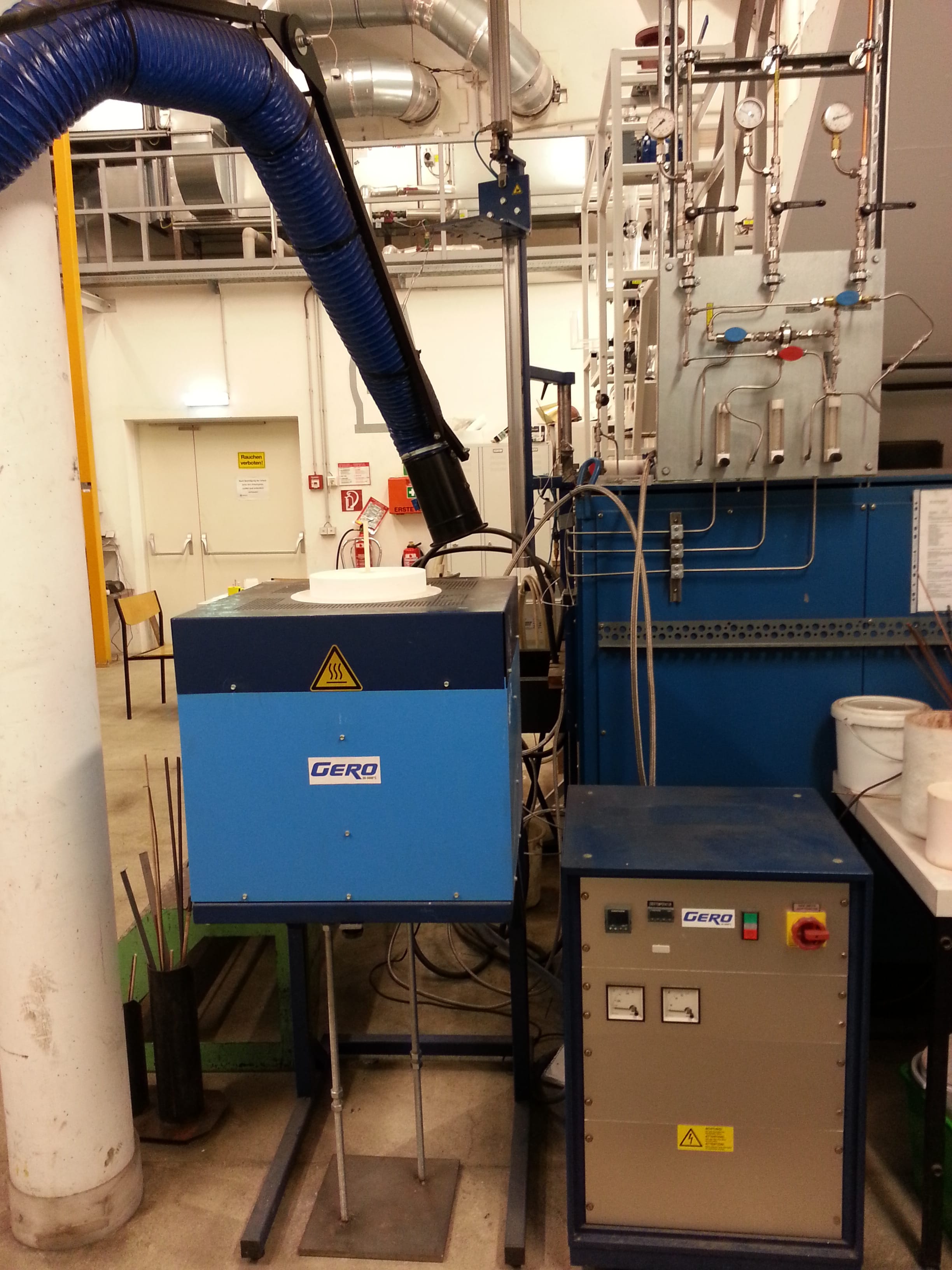Spectromaxx – Optical Emission Spectrometer
The “Spectromaxx” optical emission spectrometer is used for the analysis of Fe-, Al- and Cu-based alloys, covering 20 methods, 45 elements and different adapters for various sample geometries. The spectrometer determines all important elements used in the metal industry, including carbon, nitrogen, phosphorous and sulfur, allowing precise analysis with ease of use and maintenance. [...]



